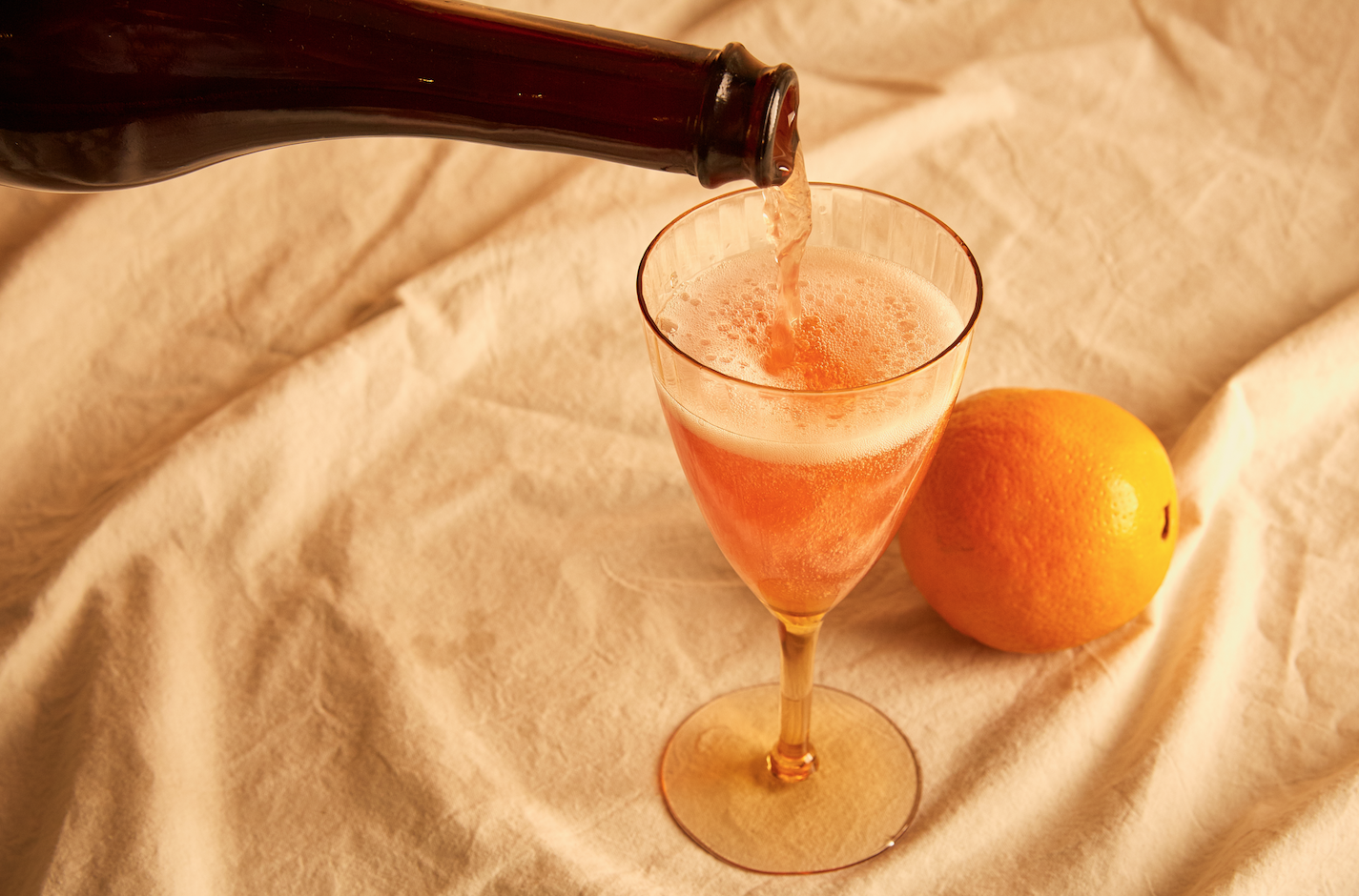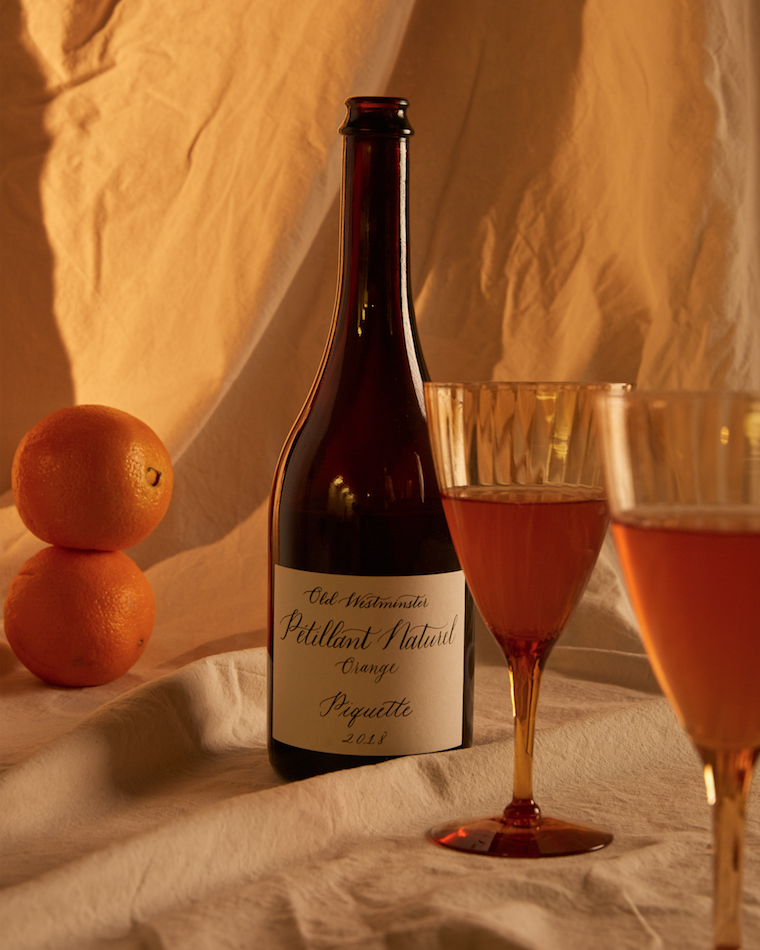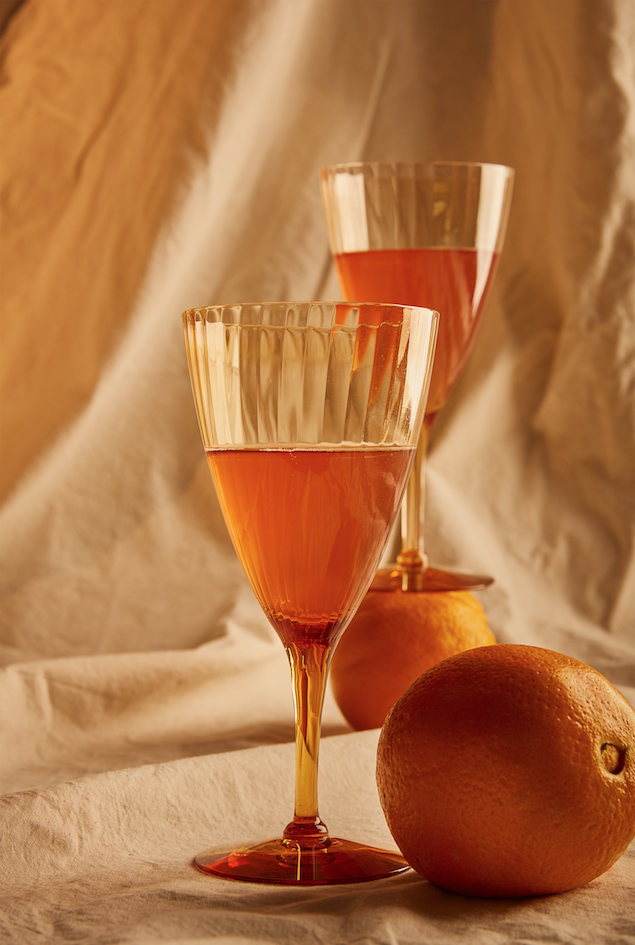Orange Is The New Booze: Unique wine trend reaches Columbus

Want to impress those friends who are self-declared “wine snobs?” Bring something they’ve never heard of to your next party. A little-known, centuries-old wine is gaining in popularity, giving wine aficionados something new to add to their repertoire.
While orange wine has been around for centuries, most people aren’t aware of this wine that blends the best of the reds and
whites. Case in point, when I reached out to my friends who pride themselves on their discerning wine palates and asked where I could find a bottle, they had no idea what I was talking about. After a few phone calls, I was able to track down several places that offer orange wine. (Finally, I can be the one that brings a new find to the party!)
Orange wine’s name is a bit of a misnomer, as it doesn’t contain any of the citrus fruit. It gets its name from its signature orange hue. It’s a “skin contact” wine, or a white wine that’s made like a red. While white wines typically have their skins removed prior to fermentation, a skin contact wine leaves the skins on for part or all of the fermentation process. With orange wine, leaving the skin in contact for longer leads to a deeper orange hue and stronger red wine characteristics such as more tannin, bolder flavor and bigger body. Regardless of the contact, the wine maintains the high acidity you expect of a white wine.

A better-known skin contact wine is rosé—the converse of orange wine as it’s made from red grapes and the skins are removed early in the fermentation process. This technique gives rosé its pink hue.
Orange wine can be a bit of a shock. While you might be expecting a light, crisp white, you’ll get a bold, slightly sour wine that drinks more like a red. I read the tartness is somewhat similar to a sour beer, which I found to be a fitting comparison. It’s full-bodied with dry tannins and high acidity, and notes of jackfruit, hazelnut, brazil nut, apple, juniper, sourdough and dried orange rind. Some describe it as dry like a Malbec, but fruity with crisp acidity on the end.
“For many, the texture is real shock,” said Robin Christopherson, assistant manager at The Twisted Vine in Grandview.
BROUGHT TO YOU BY
Because it’s often fermented in clay pots, orange wine can be cloudier than other whites. While it may make you think there’s something wrong with the wine, this is normal, so drink up!
I typically avoid white wine, but I found this refreshing. Sometimes the thickness of red, which I enjoy, is a bit much. Orange wine combines the best of both worlds without tasting like a red someone stored in the fridge.
While orange wine is new to even the most seasoned wine drinkers, it dates back to the 11th century and the Republic of Georgia, said Chrisophersen. Orange wine produced at the time was fermented in a qvevri (kev-ree), an egg-shaped earthen vessel lined with beeswax. The qvevri was sealed with rocks and beeswax for the fermentation process.
As demand increased and winemakers began producing more wine, they used building technology to increase the size of the qvevri. Because the larger qvevri would become unstable, especially as the wine fermented, winemakers began burying them. This also chilled the wine as it fermented, resulting in a better end product.

While not all modern-day orange wine is fermented in a qvevri, some winemakers still use the ancient vessel. Wine fermented in a qvevri can have a cloudiness and distinct flavor that comes from the vessel’s material. Another tradition that most modern-day winemakers continued is using few to no additives, which can appeal to those who are drawn to natural products.
Orange wine is served chilled like any white, though some recommend a slightly warmer temperature of 50-55 degrees Fahrenheit. Because of its bold flavor and rich body, orange wine pairs well with bold foods such as curry dishes and fermented foods. It also pairs well with a variety of meats and seafood including beef, cured meats, oysters and salmon. While the process uses fewer additives, orange wine will hold up a little longer than other whites, said Christophersen.
If you’re looking for something bold and different, pick up a bottle of orange wine. You won’t find it on every shelf, but it’s worth the hunt. This might be that one white for those who strictly drink red.
BROUGHT TO YOU BY



